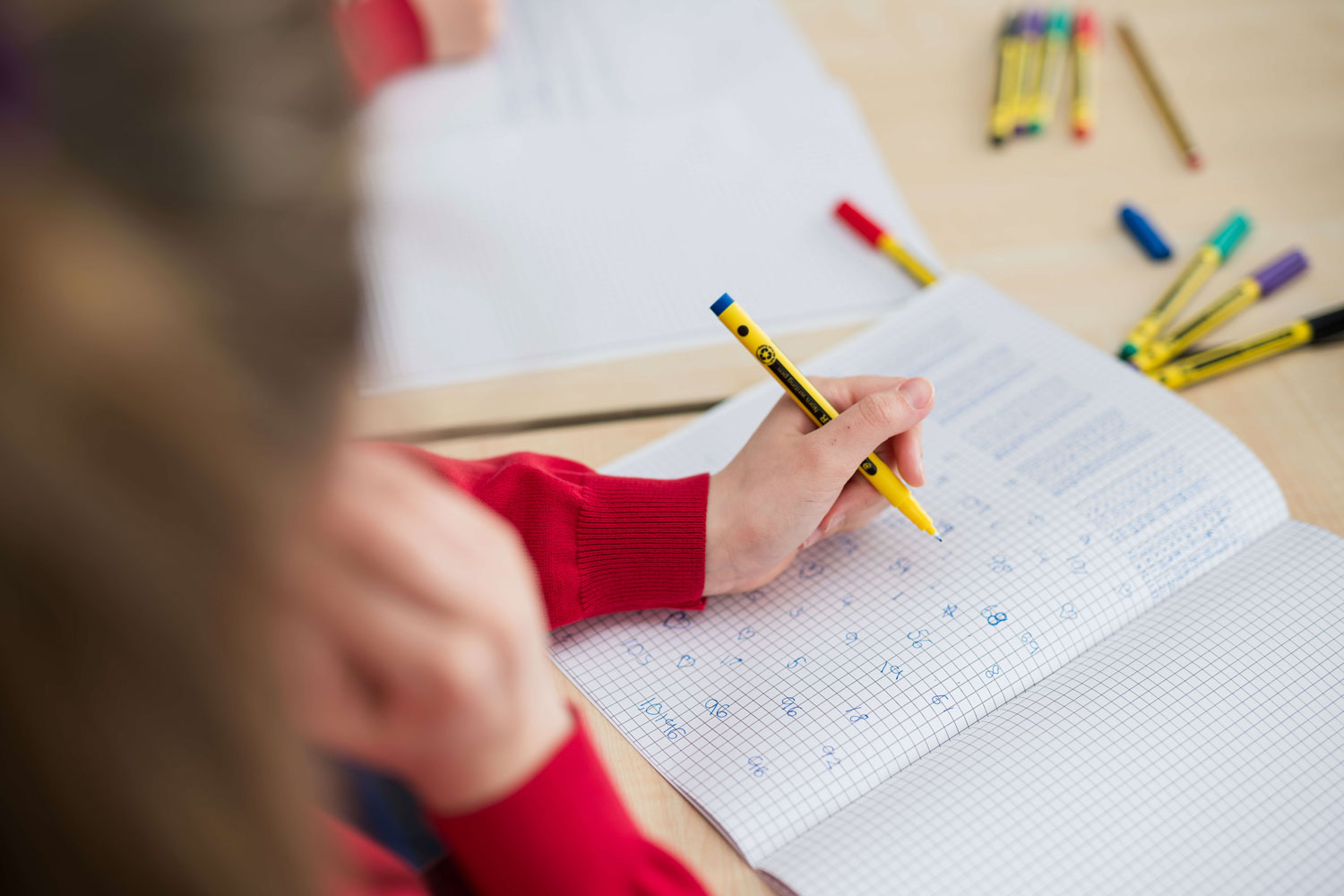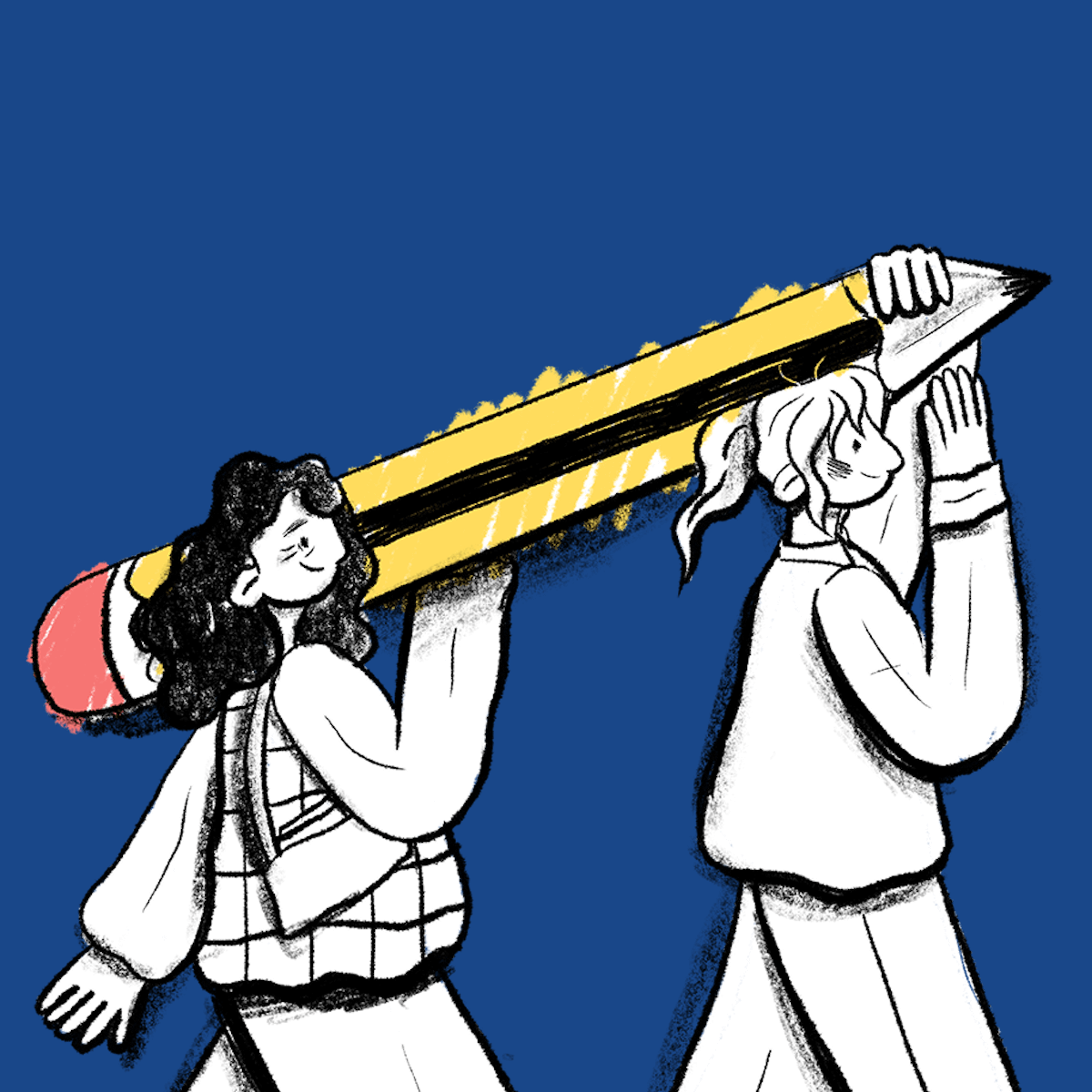
Did you know that children with dyspraxia are more likely to struggle from KS1 onwards — and are less likely to go on to achieve 5 or more GCSEs? But this doesn’t have to be the case.
With growing awareness of different learning needs in classrooms, more and more approaches are available to support students with conditions like dyspraxia — from primary onwards.
We’ve put together this Breaktime Reading article to give you the tools you need…
What is dyspraxia?
Dyspraxia is a Specific Learning Disorder (SpLD) that affects physical co-ordination and processing. Though it impacts each child differently, in school contexts dyspraxia most notably impacts drawing, writing, and performance in sports.
Dyspraxia does not affect how smart a student is, but it does make it more difficult for them to learn in the same way as other students. Children with Dyspraxia may have difficulty with:
- Writing, drawing, and using scissors.
- Handwriting tasks or learning cursive
- Tying shoelaces or doing up buttons
- Walking up and down stairs
- Keeping still
- Playground activities and sports
- Following instructions or copying information
- Organising their time
- Making friends and socialising
- Self-esteem
- Concentrating
A child may display just a few or many of these symptoms, so it can be hard to know how best to support them as they enter the classroom and move through the Key Stages.
How to support students with dyspraxia in your classroom
Adapt handouts and worksheets
Swap blank pages for lined or boxed templates. Offer diagrams to label instead of freehand drawing. If tracing helps, feed hard-copy pages through a laminator so pupils can use non-permanent marker
Consider sensory issues
Children with SpLDs will often also have some sensory sensitivity (it’s ‘too loud, too bright, too fast, or too tight!’). Thinking about these needs when preparing classroom displays, activities, and trips can help mitigate meltdowns or even just help students focus a little better. Overhead noise-cancelling headphones available to the whole class can help students reduce their own sensory overload when they need it too.
Built-in brain breaks
Students with dyspraxia (but also dyslexia, ADHD, Autism, and many many other children) tire quickly and lose focus if they don’t have an opportunity to move their body or rest their mind. Consider scheduling micro-breaks for stretching, doodling, shaking, or breathing to reset concentration.
Consider special tools
Triangular grips, like the STAEDTLER NORIS 119. can help students across KS1 and KS2 to draw and write with more stability. Pencil grip attachments can also be useful to further support this.
Once students begin moving onto pens, handwriting pens can provide support not just in students’ transition period but in the long term.
Keeping some STAEDTLER handwriting pens at hand can be useful across key stages to support students when they need it.
Work with parents or specialists
Sometime a child will have a plan in place that will provide actionable steps for educators and parents. Regardless, it can be useful to work with parents or specialists within your school to find routines, tools, or resources that work for this particular pupil.
Sometimes having the same strategy at home and at school can help children with SpLDs navigate the transition between the worlds. Dyspraxia UK has a useful reading list if you are interested in learning more about this topic.
Work with pupils
It can be easy to forget that sometimes children are the experts in their own experience. Educating students on dyspraxia and other SpLDs can improve whole class cohesion and can open opportunities for you to ask pupils what they think would help them. This not only empowers students but also can provide you with some surprisingly effective strategies to support students in your classroom.
Every small step we take adds up to a classroom where children with dyspraxia can truly thrive. With patience, creativity, and a spirit of collaboration, we can transform challenges into opportunities for growth — and watch each child shine in their own unique way.
